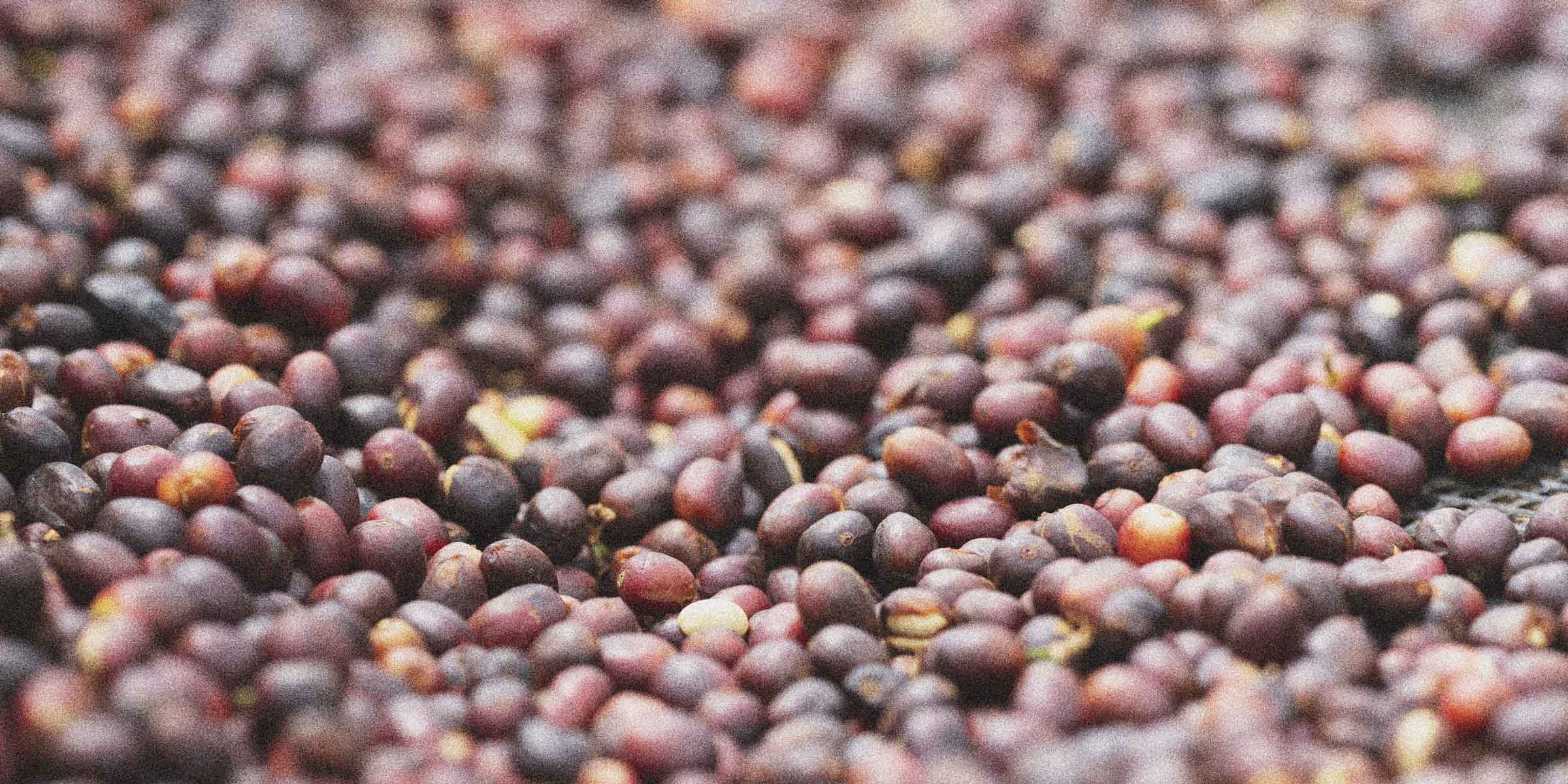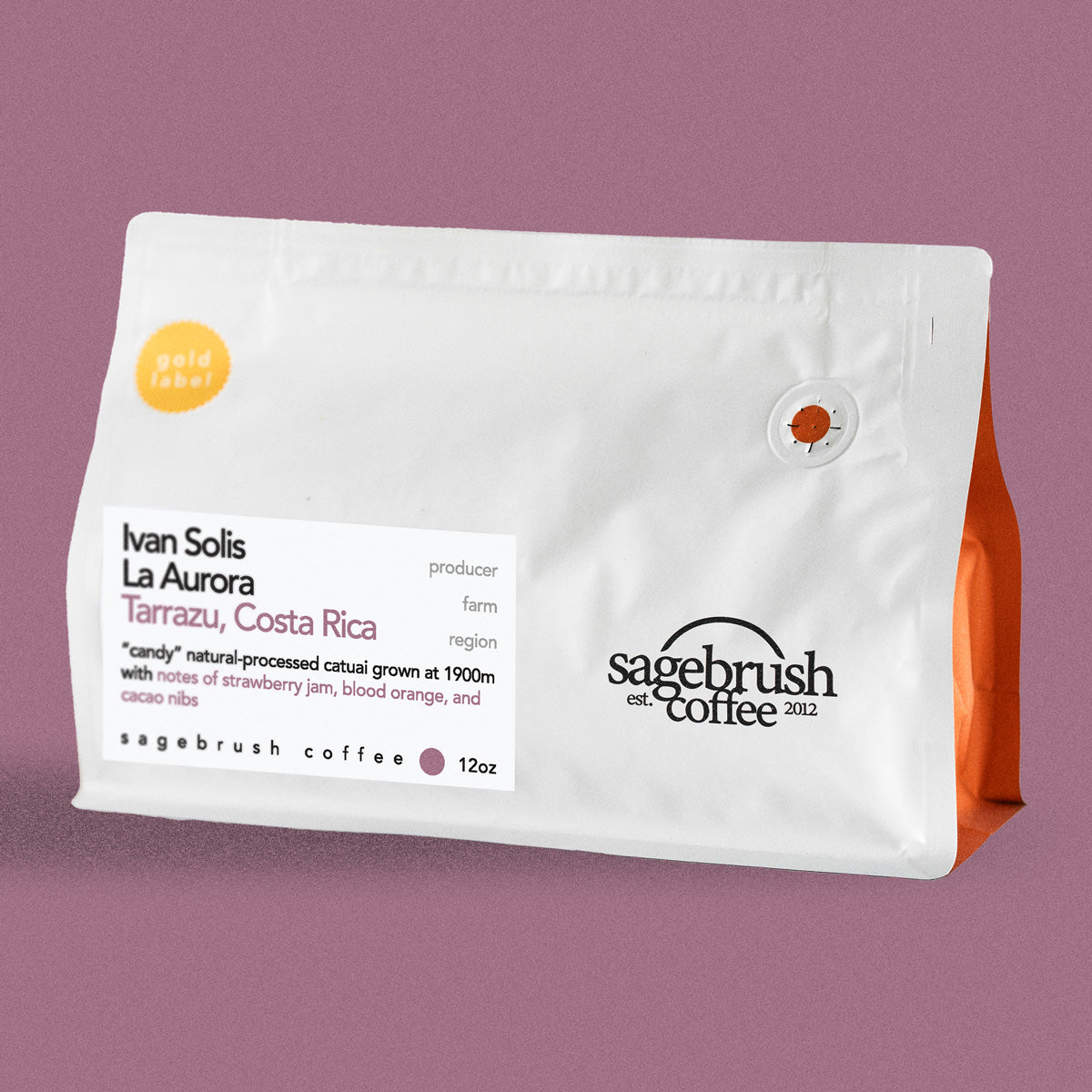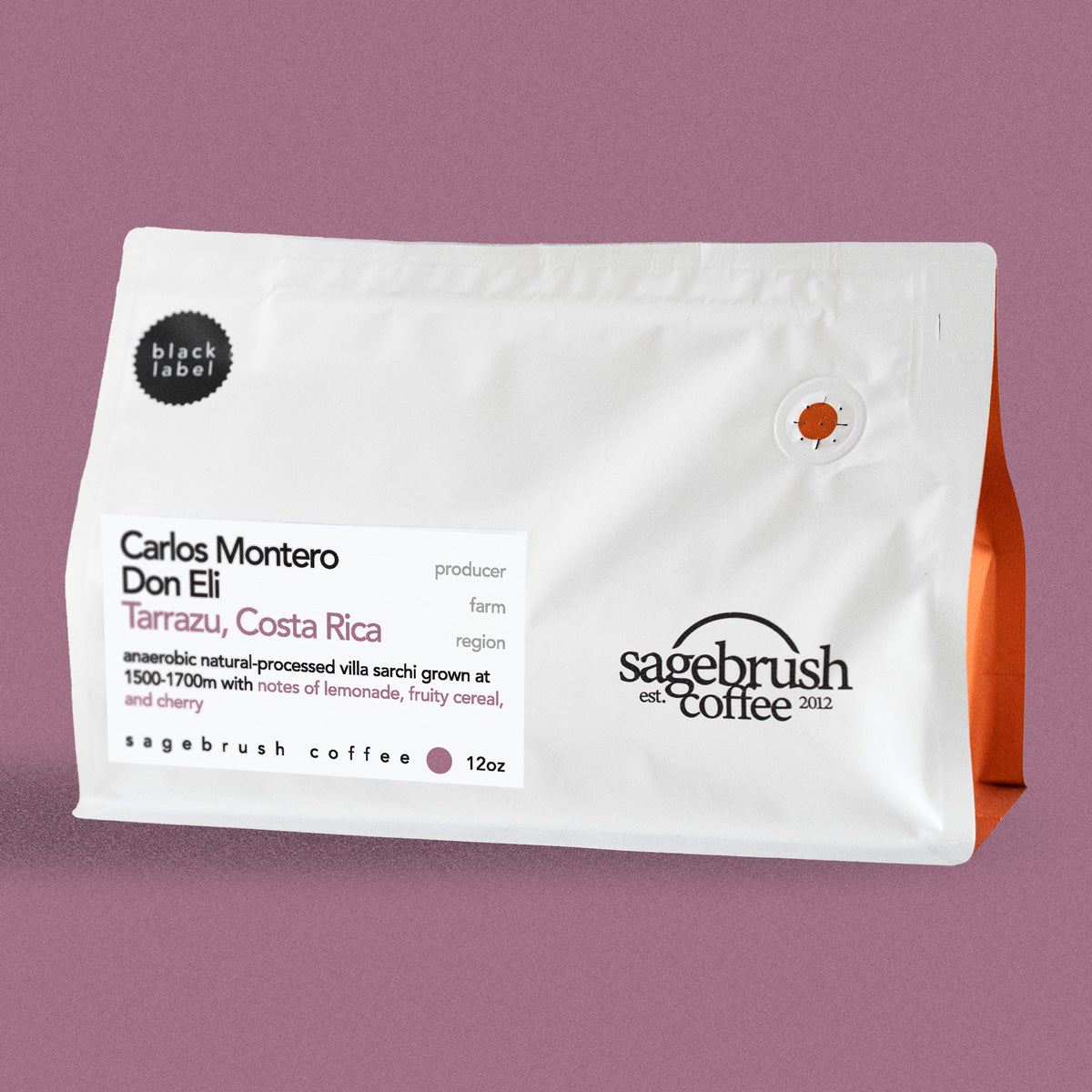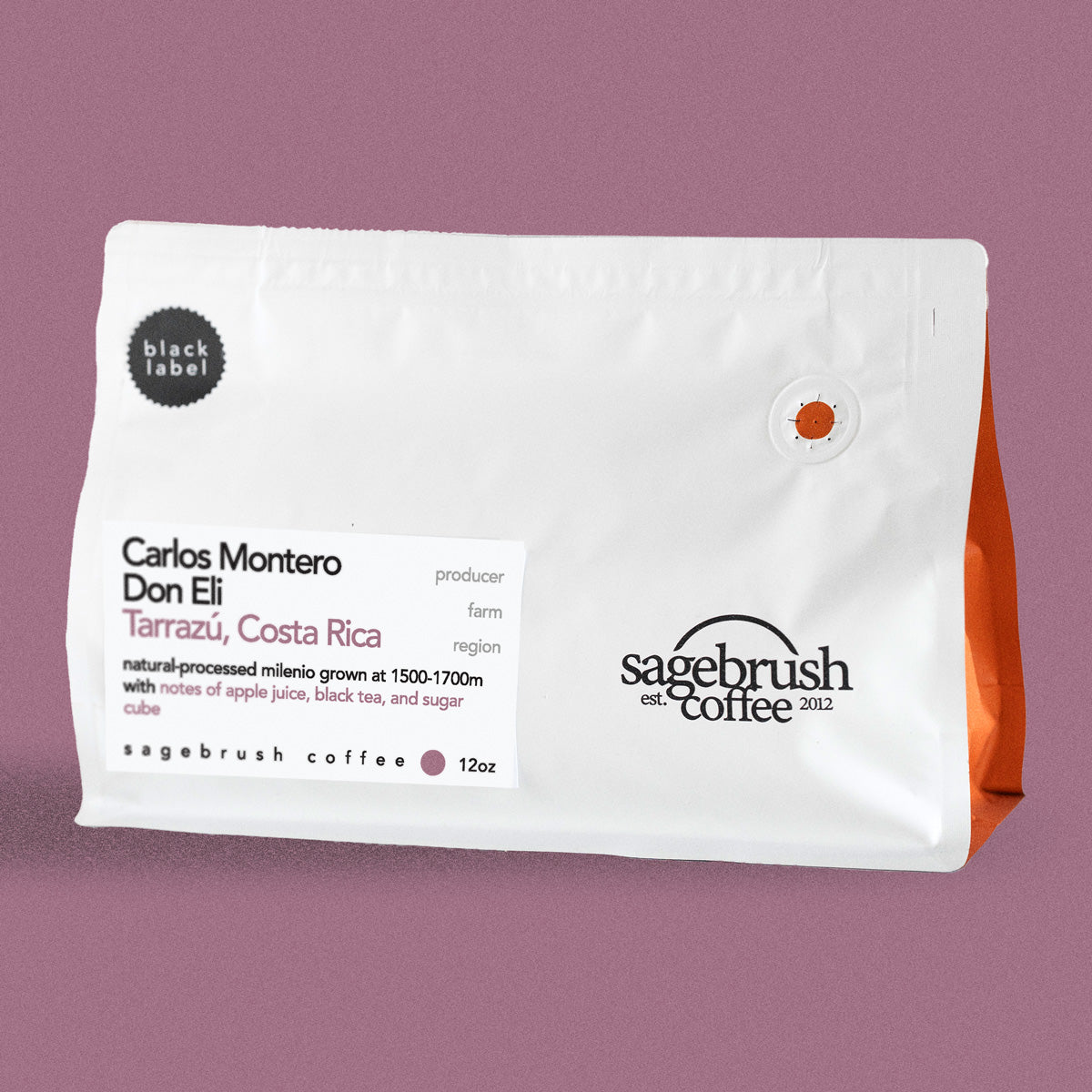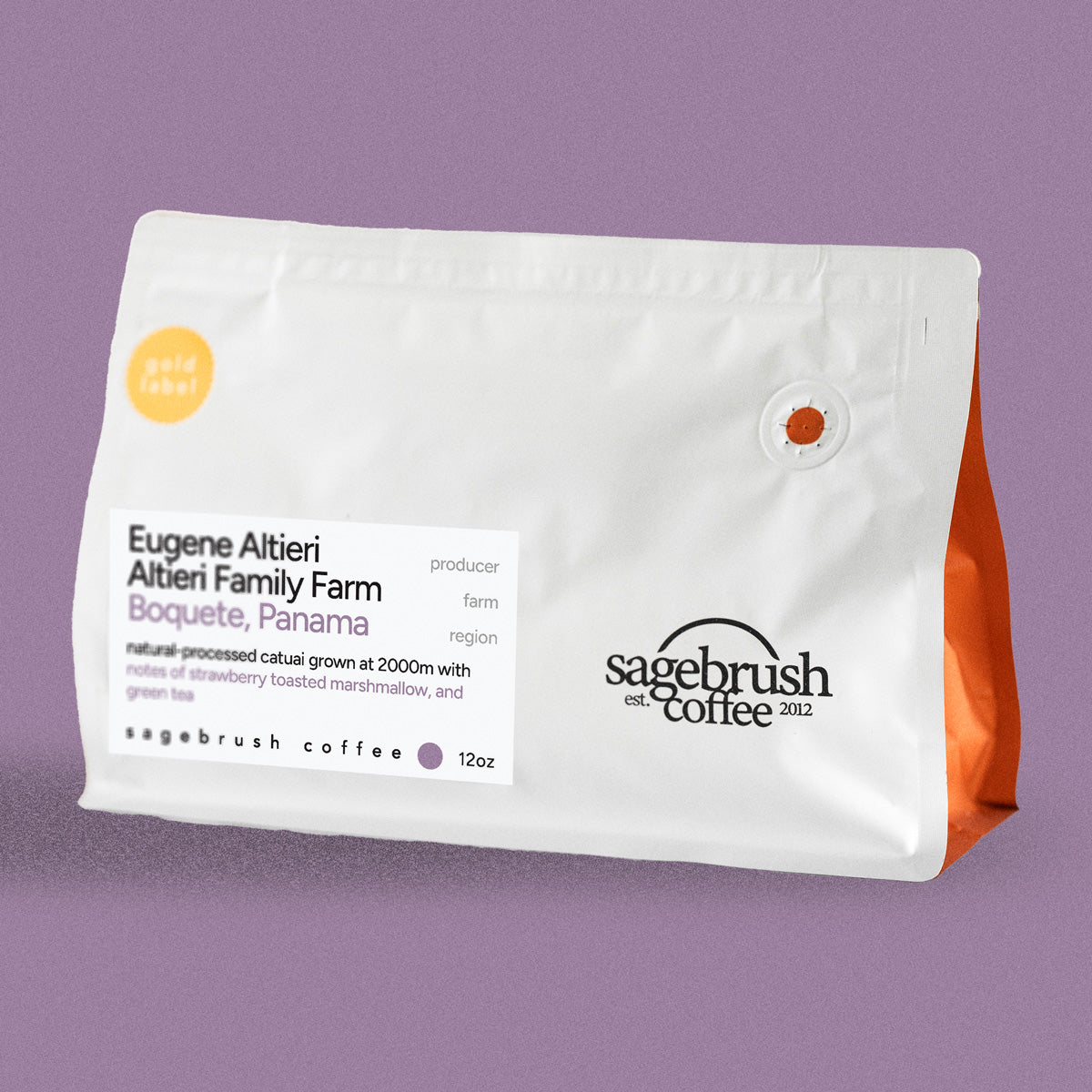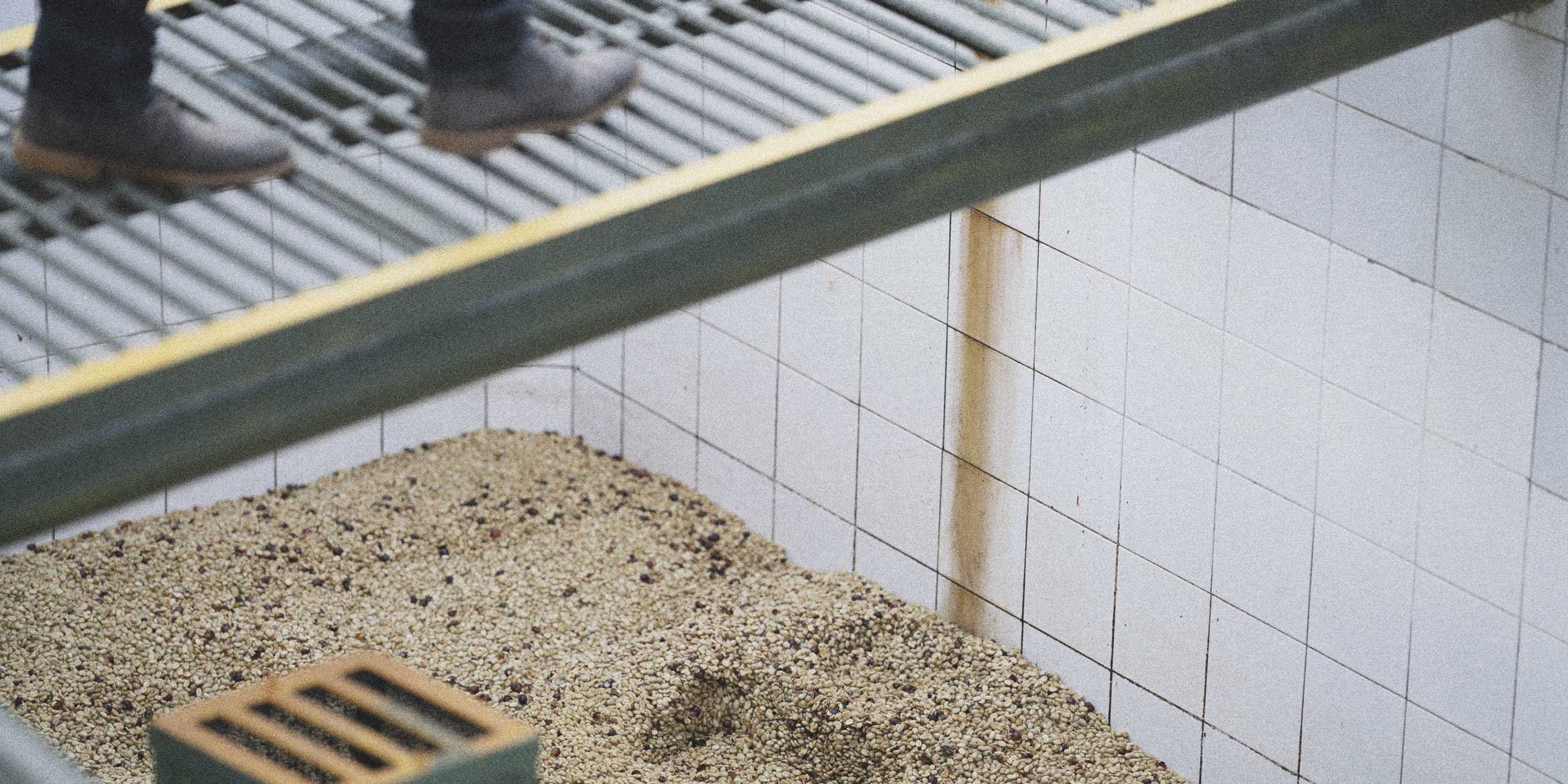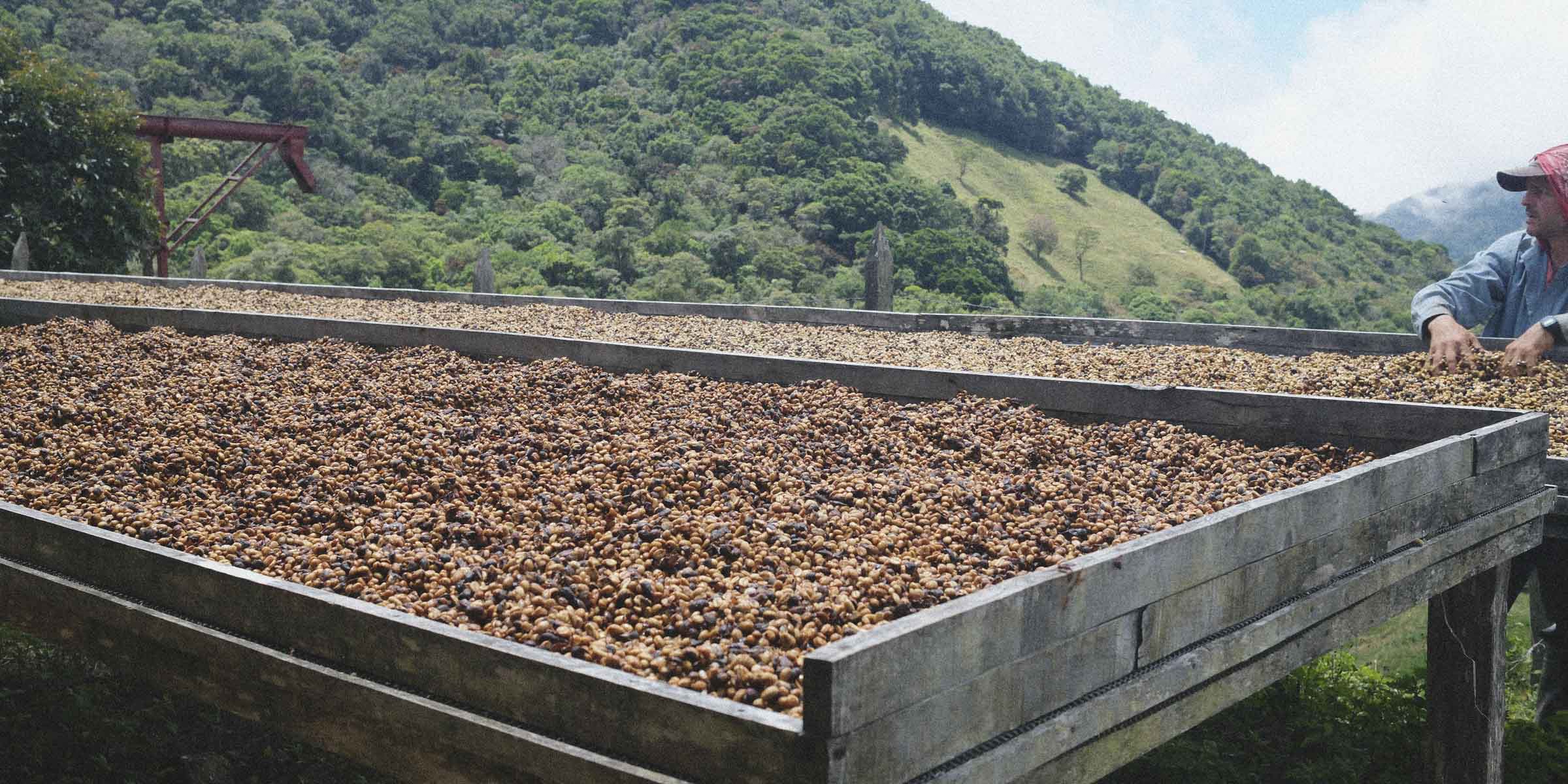Coffee Processing Overview •
Read our Processing articleCoffee Processing Guide: Natural Processing, Drying with the Fruit Still On
Some things are better left in their natural state.
An apple. A cotton shirt. And, some would say, how coffee beans are processed.
In coffee processing, there are three main methods: washed, honey, and natural. As a roastery, we have extensive experience with each of these and can definitely say that each has its own unique flavor and niche.
But before we get into the nitty gritty of what a naturally processed coffee is, it’s important to understand coffee processing as a whole.
What is Coffee Processing
Coffee processing is everything that happens to transform a ripe coffee cherry into green coffee beans. We call them “beans”, but coffee actually starts as two little seeds of a Coffea Arabica cherry. Coffee processing is the method by which these seeds are extracted from that fruit and prepared for export.
In the washed method, the cherries are first depulped–meaning, the seeds are removed from the cherries. Then they’re soaked in water for a period of time to remove any remaining mucilage–that sticky, gelatinous layer of fruit residue still stuck to the bean–before they’re dried.
In the honey method, the cherries are de-pulped, but that layer of mucilage is left on as the beans dry.
But in the natural method, the cherries are dried whole in the sun with the fruit still on–au natural. Let's take a closer look at how natural processing impacts flavor.
Natural Processing
In the natural (dry) process, after the coffee cherries have been picked at peak ripeness, they are laid out whole on raised drying beds.
Immediately, that age-old fermentation process begins. Microorganisms like bacteria and yeast–which live everywhere–begin to consume the sugars and starches within the fruity pulp of the coffee cherry and as they do, they create by-products which impart an array of aromas and flavors.
On the one hand, natural processed coffees are great for producers because they require less water and are, therefore, more sustainable.
But they also carry with them challenges that washed coffee doesn’t have.
Because of the high risk of spoilage with so much moisture involved, wet or humid regions tend to struggle to dry natural processed coffees, making them much better suited to dryer regions.
Additionally, more space is required to dry the beans and more labor is required to turn them to prevent over-fermentation and molding. This is no small challenge for many producers.
But for others, these risks are worth it because of how naturals taste.
How Does Processing Affect Flavor?
Due to their fruit-soaked beginnings, naturals tend to have a headier, more extravagant flavor profile and thicker body.
You can expect bold, fruity flavors, similar to a full-bodied glass of red wine, and mild acidity. Naturals also tend to have a complexity and richness that other processes don’t have.
There are some delicious washed and honey coffees, but when it comes to processing, sometimes it really is best to leave coffee in its most natural state.
Sip a natural and taste coffee in its most natural form. It might just become your new favorite way to experience coffee.
Featured collection
Ivan Solis • Candy-Natural-Processed Catuai
Carlos Montero • Natural-Processed Milenio
Morkata Gata • Natural-Processed Guji Heirloom
Eugene Altieri • Natural-Processed Catuai



